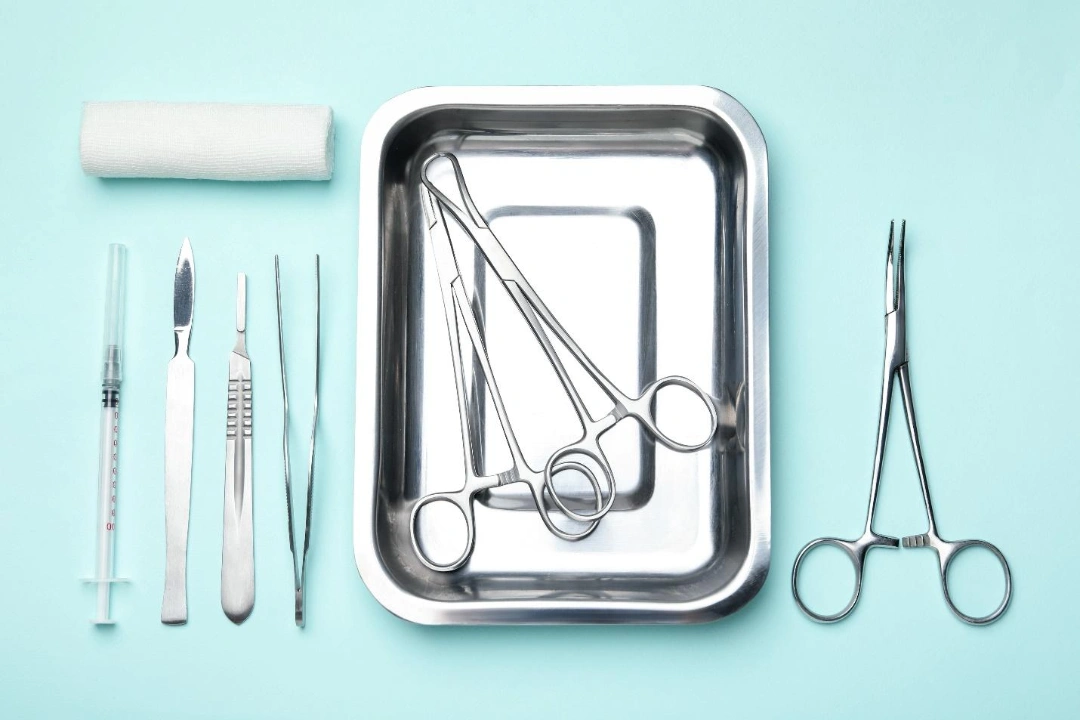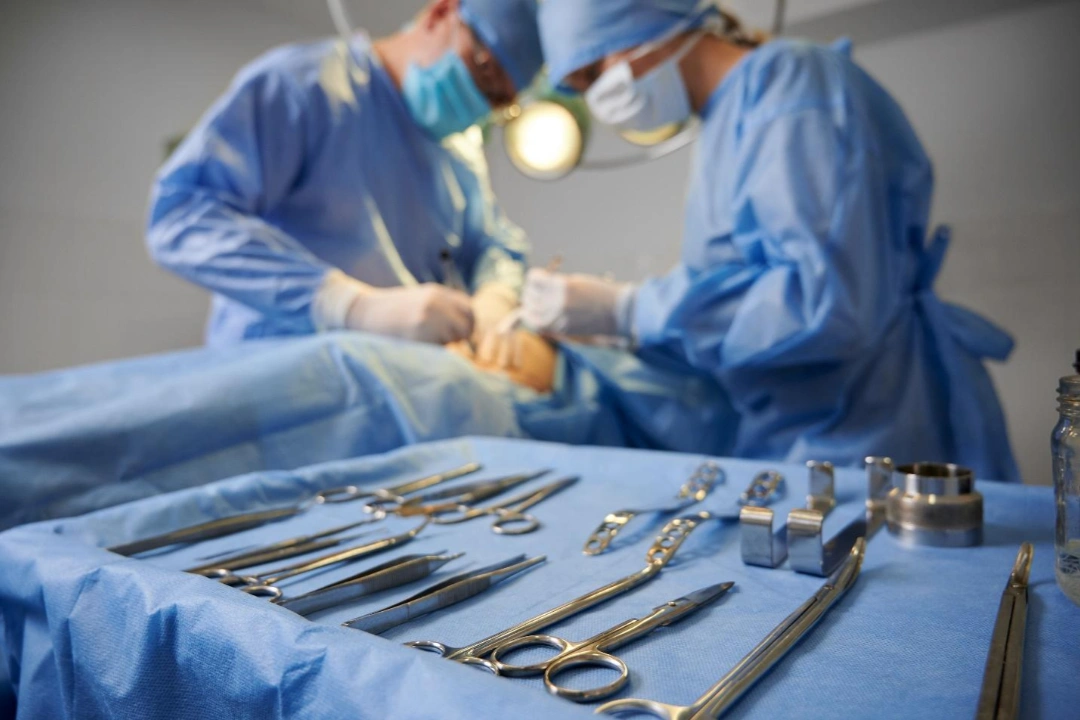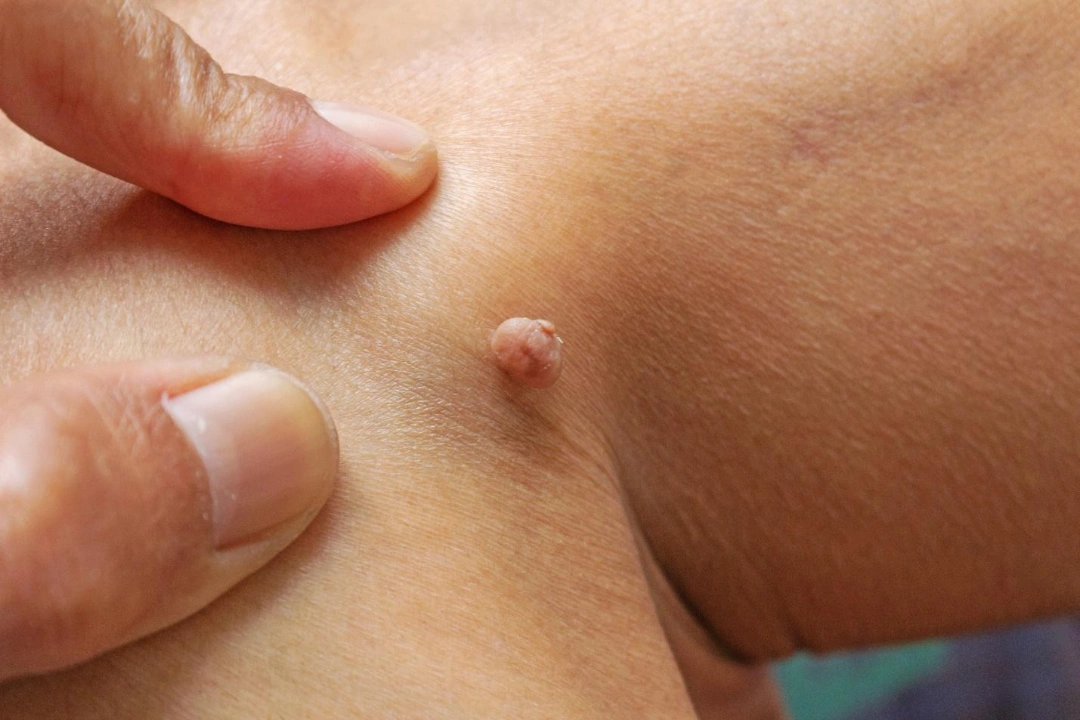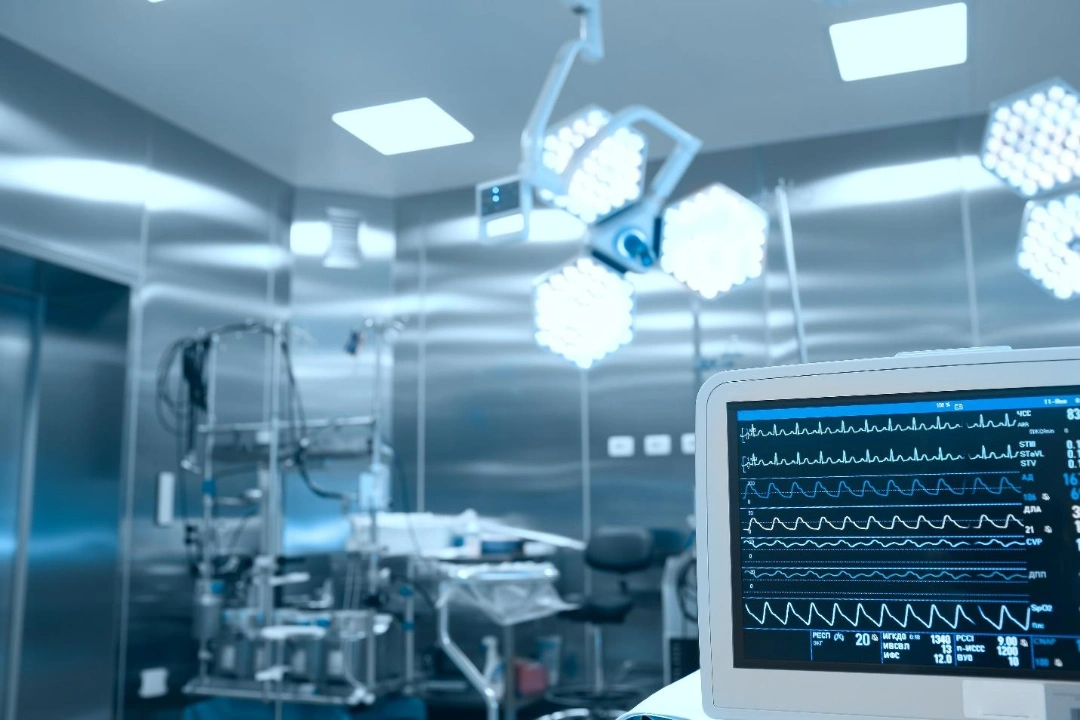At Livingstone Dermatology, we understand that your skin is a reflection of your health and well-being. We are committed to the latest advancements in dermatological science, and dedicated to providing you with quality care.

Cold Steel Surgery is a long-standing and reliable technique in dermatology that makes use of traditional surgical instruments rather than heat, energy or laser-based devices. The term “cold steel” simply means the use of metal instruments such as scalpels and scissors, which allow dermatologists to cut with precision and control.
Despite its straightforward name, this approach is meticulous, measured and often the most effective option when a skin lesion needs to be completely removed. It remains widely used because of its safety, versatility and ability to provide tissue samples for further testing when it is required.

There is a range of instruments that may be involved. This is dependent on the nature of the procedure. Each tool has its own purpose and together they allow dermatologists to work with precision and care.
This includes:
The procedure is usually done in the clinic and follows a few simple steps, such as:

Cold steel surgery continues to be a trusted choice in dermatology because of its precision and reliability. It offers several advantages for both medical and cosmetic reasons, including:
Due to its versatility, the treatment can address a wide range of skin concerns. From health, to comfort, to cosmetic reasons, cold steel surgery is commonly used for:

Most patients find cold steel surgery to be a straightforward and manageable experience. From the moment you arrive at the clinic to the days following treatment, you can generally expect:
The most immediate result is the removal of unwanted growth. In many cases, this resolves discomfort, improves appearance or removes a potential health risk. While some redness, swelling or mild soreness is expected initially, these usually fade within days.
A small scar may develop, but our dermatologists take care to minimise scarring by using refined surgical techniques and careful wound closure. Over time, scars often fade significantly and may become barely noticeable.
The final cosmetic result depends on factors such as your skin type, the size of the lesion and how well aftercare instructions are followed.
Typically, a single session is all that is required to completely remove a lesion. If multiple growths are present, our dermatologist may address them all in one appointment or plan staged treatments for comfort and convenience.
Follow-up visits are recommended to ensure that the wound is healing well and, if the lesion was sent for laboratory analysis, to discuss the results. For patients with a history of skin cancer or recurring lesions, periodic skin checks may also be suggested to catch new issues early.

Cold steel surgery has stood the test of time as one of the most effective and reliable techniques in dermatology. By combining precision, safety and versatility, it provides patients with a dependable way to remove both benign and malignant skin lesions.
The procedure is typically quick, the recovery is manageable and the results are lasting. For anyone looking to treat suspicious growths, bothersome skin tags or lesions that affect comfort or confidence, cold steel surgery offers both reassurance and proven effectiveness.
If you would like to learn more about how the treatment can benefit you, then call us today to schedule an appointment with our dermatologists.
Is cold steel surgery painful?
No, it is not painful. Local anaesthetic is applied before the procedure, so you will only feel pressure or movement, not pain. After the anaesthetic wears off, some mild soreness may occur, but it is usually short-lived.
How long does recovery take?
Recovery depends on the size and site of the lesion. Small wounds may heal within a week, while larger areas or those requiring stitches may take 2 weeks or longer. Our dermatologist will guide you on aftercare to encourage smooth healing.
Will I be left with a scar?
Any surgery has the potential to leave a scar. However, our dermatologists use delicate techniques to keep scarring as minimal as possible. Many scars fade well over time and in some areas of the body, they can be almost invisible.
Do I need to take time off from work or daily activities?
Most patients can continue with their usual routines straight after the procedure. If the surgery is on an area that moves often, like a joint or if the wound is larger, our dermatologist may advise light activity for a short period.
Why is tissue sent for testing after cold steel surgery?
Sending tissue for histopathology allows dermatologists to confirm the exact nature of the lesion. This is especially important if skin cancer is suspected, as it confirms whether the removal was complete and guides any further treatment if needed.
Is cold steel surgery safe for everyone?
Yes, the procedure is considered safe for most patients. Our dermatologist will review your medical history, including medications and underlying conditions, to ensure the safest approach for you.
How is cold steel surgery different from laser treatment?
Laser treatment can be effective for superficial lesions, but it does not provide a tissue sample for testing. Cold steel surgery not only removes the lesion but also allows laboratory analysis, making it the preferred choice when accuracy and diagnosis are essential.
Can cold steel surgery be performed on the face?
Yes. In fact, it is commonly used on facial lesions where precision is critical. Dermatologists use careful techniques to minimise visible scarring and protect natural skin contours.
Whether you’re dealing with a specific skin concern or seeking to enhance your natural beauty, Livingstone Dermatology is here to guide you on your journey to healthy, radiant skin.
Schedule an appointment today and experience the Livingstone standard of care in a welcoming, professional environment.